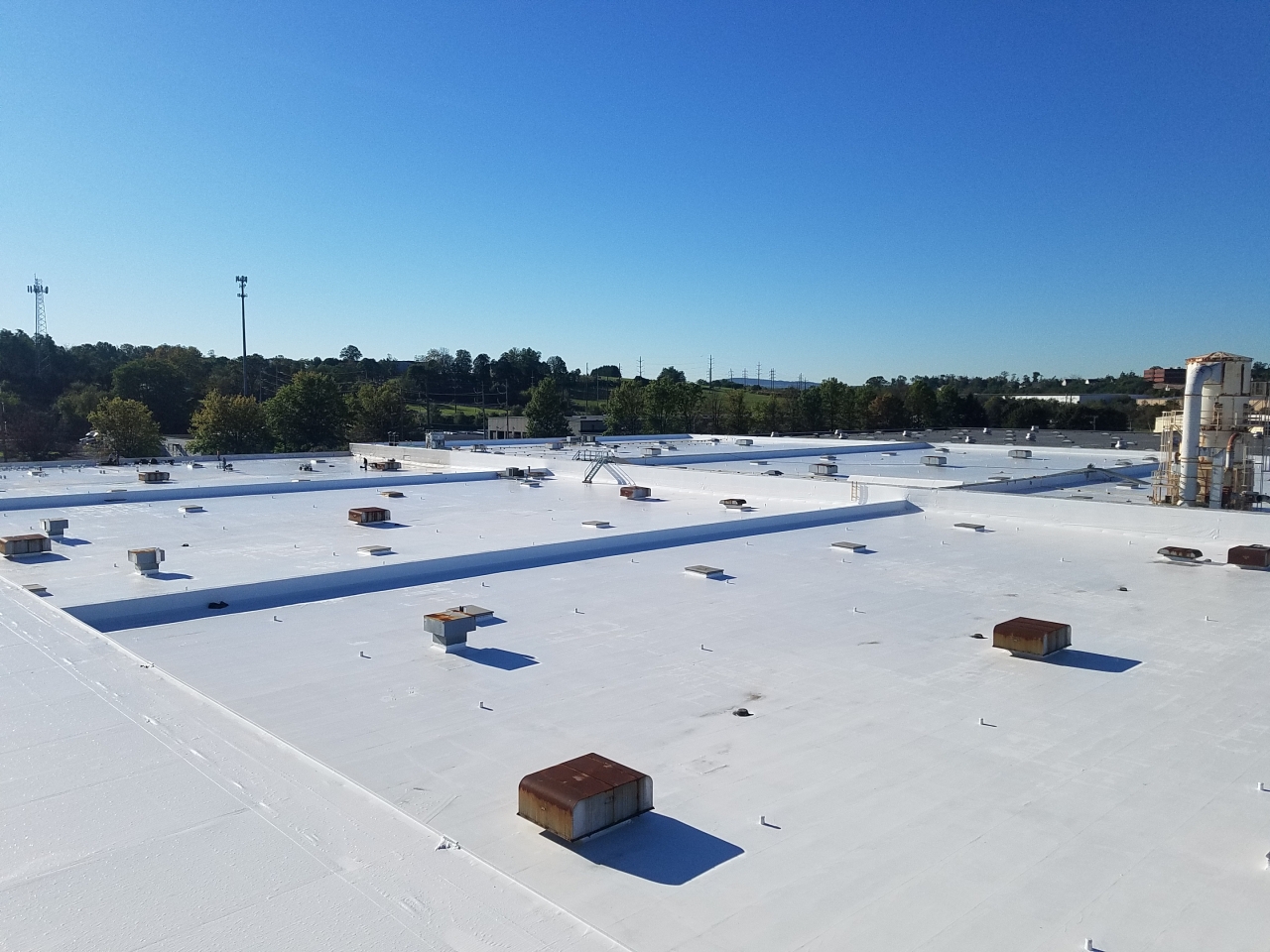In terms of maintaining the integrity of your home, spotting roof damage from the ground can be a vital skill for all homeowner. A well-maintained roof not only boosts your home's curb appeal but also protects it from the elements. Knowing how to recognize signs of wear or potential issues without scaling ladders or moving on top of your house can help you avoid you time and money in the long run.
Being proactive about roof maintenance is essential. Regular inspections and understanding of common roofing problems can help you figure out when it's time for a new roof and prevent costly repairs down the line. Whether moved here are learning about the lifespan of numerous roofing materials or knowing the right time to call in a contractor, having this knowledge at your fingertips allows you to take greater care of your home.
Identifying Roof Damage while on the Ground
When try to detect roof issues while on the ground, the first thing to inspect is the state of shingles. Check for any absent, curled, or damaged shingles, as these are frequent indicators of deterioration. Many worn shingles can result in roof leaks and further issues down the line. Moreover, notice granules that could have collected in the gutters, as this can indicate the shingles are wearing out.
Another thing to look for is the existence of sagging or irregular areas on the roof. A healthy roof should maintain a uniform appearance; any dips or bulges could indicate structural problems that need immediate attention. Also, examine the flashing of chimneys, vents, and skylights at a distance. Should you find rust or any gaps or peeling paint, this may indicate these spots aren’t effectively protecting against water.
In conclusion, consider how clean the roof is and whether there is vegetation. Moss or significant debris buildup can trap moisture, which can lead to rot, leaking, and other issues. If trees hang over the roof, they might damage the roof by dropping branches or by shading the roof, which facilitates moss growth. Keeping these points in mind will assist you in spotting roofing concerns that could necessitate professional inspection.
Indicators You Require a Replacement Roof
Identifying when one should consider a new roof may save you from possible costly repairs and additional harm to the home. One of the most obvious signs is bending or absent shingles. If you see that the shingles are buckling or have come loose, it’s a clear indication that the roof may no longer be safely sound and may need replacement. Additionally, granule loss is a clear indicator; if you discover granules in the gutters or around your property, it means the shingles are breaking down and losing their protective layer.
Another critical indicator is sagging areas of the roof. If one observe any part of the roof that seems to be sagging, this could indicate a serious structural problem or water damage. A sagging roof can lead to leaks and extensive harm if not handled promptly. It is crucial to investigate the source of the drooping, which often indicates underlying issues that necessitate a full roof replacement.
Water stains on the ceilings or walls within your home are another concerning sign. These stains often indicate leaks that can come from a compromised roof. If these stains are visible, it’s important to determine the extent of the damage. Regular inspections can help you catch these signs early, ensuring one can take action before the problem escalates. If you notice any of these indicators, it’s wise to consult with a qualified roofing contractor to assess your roof's condition.
Roof Care and Repair Tips
Frequent inspections are essential to preserving the health of your rooftop. Property owners should conduct sight inspections at least two a year, preferably in autumn and fall. Be on the lookout for missing, broken, or detached shingles, as well as indications of wear and tear around vents and vents. Be mindful to any discolorations or sagging sections which can signal leaks or structural issues. Identifying problems early can save on expensive fixes down the line.
When it comes to repairs, some problems might be manageable as DIY projects. Minor drips can often be repaired with sealant or patches. However, for larger damage or complicated problems, such as structural problems or major water damage, it's advisable to hire a qualified roof specialist. They have the expertise to assess the circumstances properly and ensure that repairs are executed safely and efficiently.

To extend the life of your rooftop, consistent care is crucial. This includes clearing gutters and downspouts to avoid water buildup and ensuring adequate roof space airflow to diminish warmth and humidity. Additionally, cutting protruding branches can help prevent damage from dropping branches. Investing time in these upkeep chores will help avoid major fixes and extend the lifespan of your rooftop.
